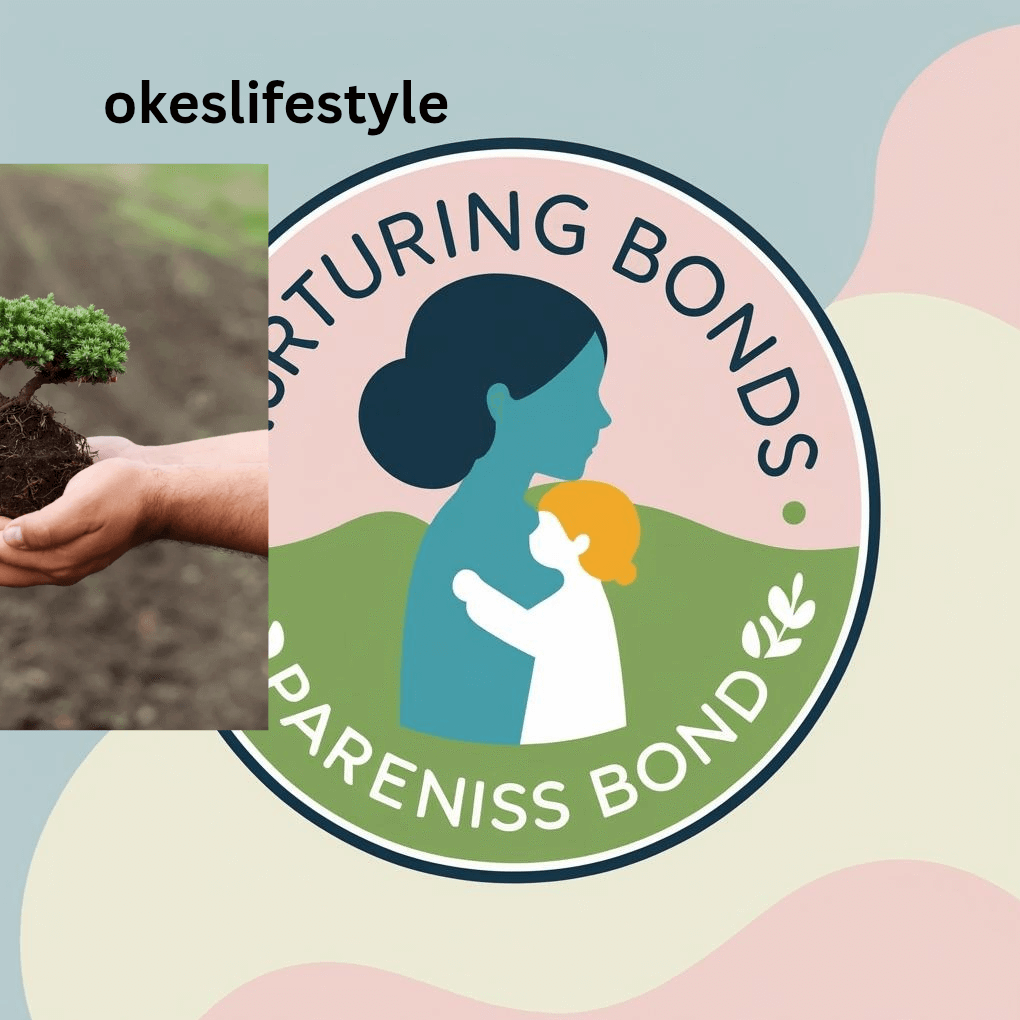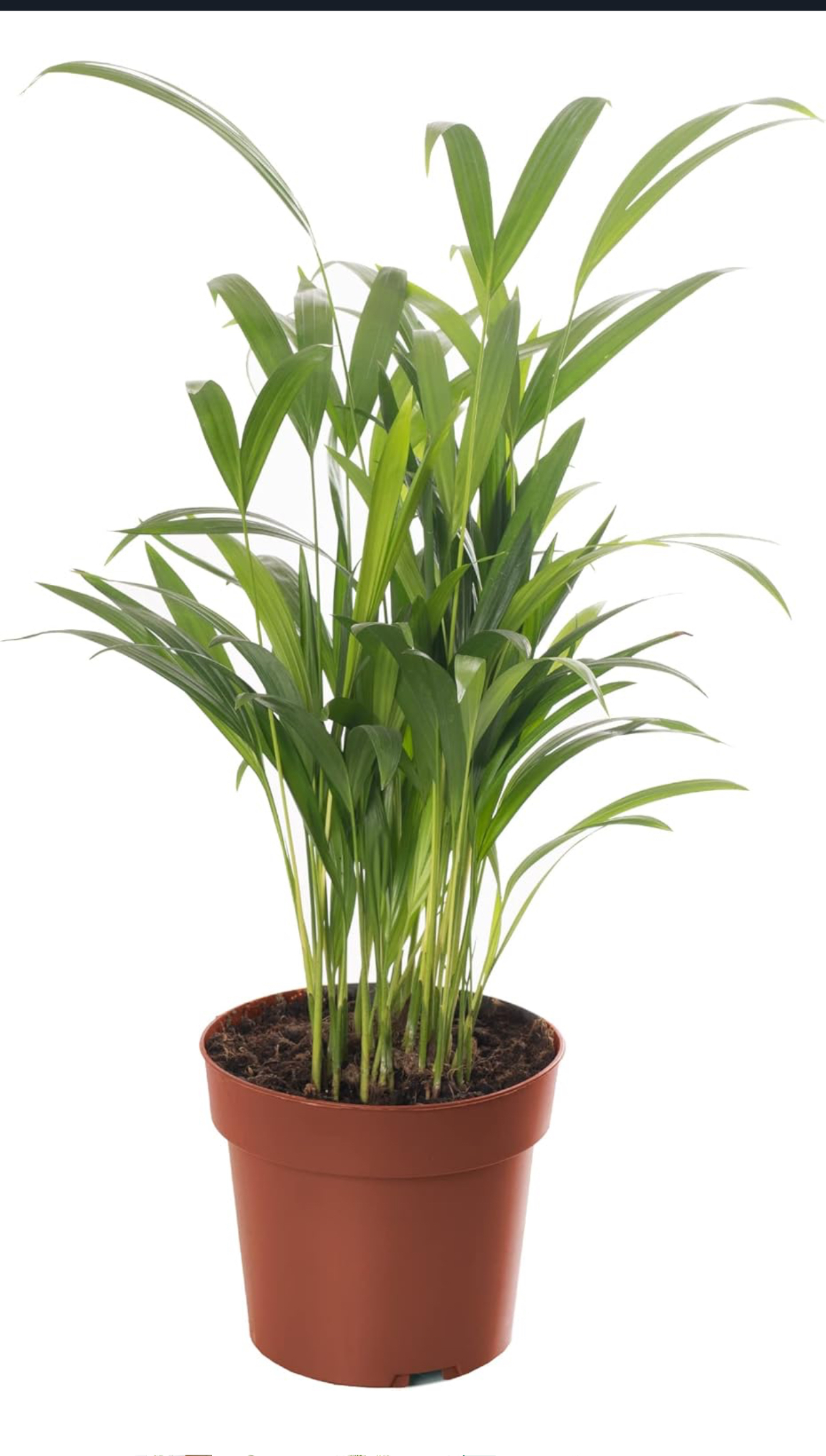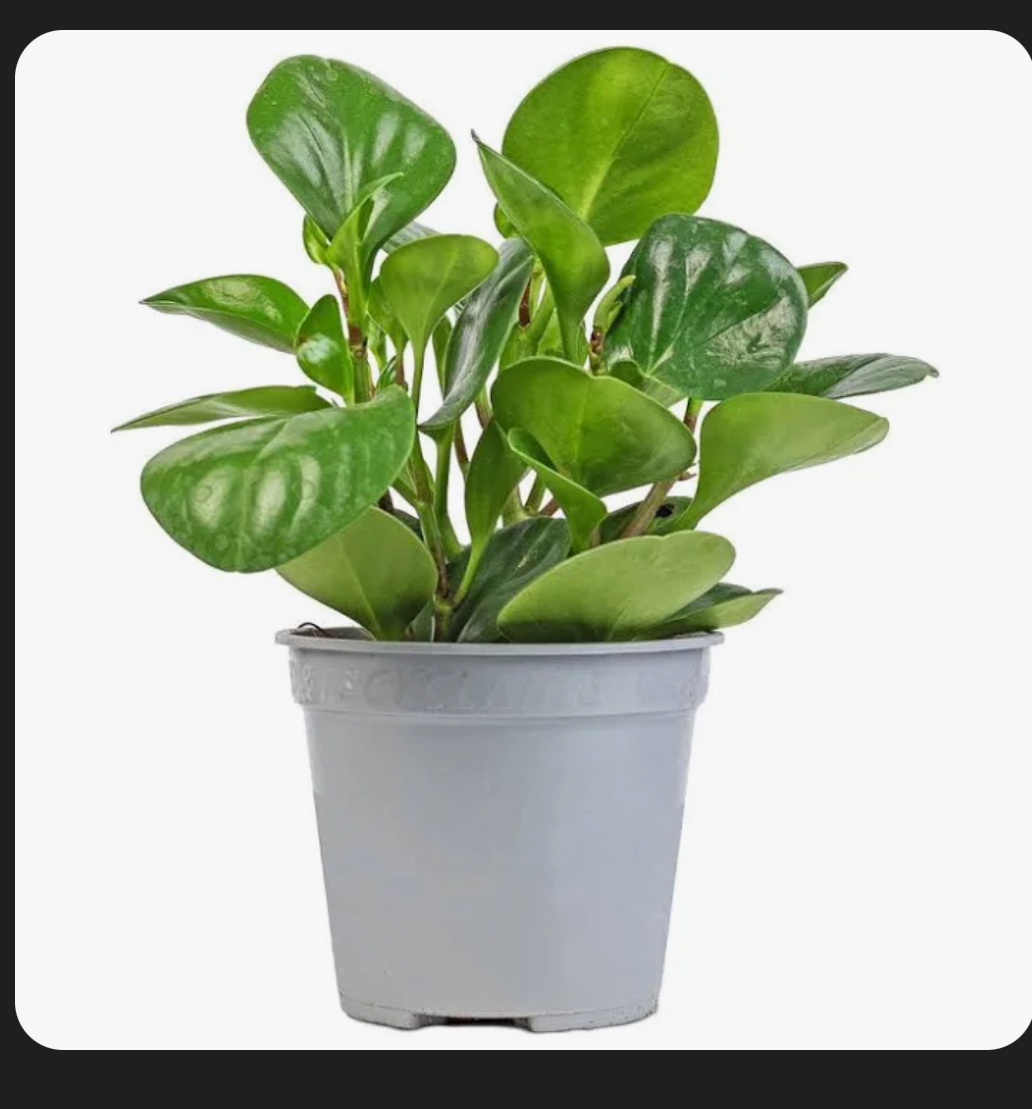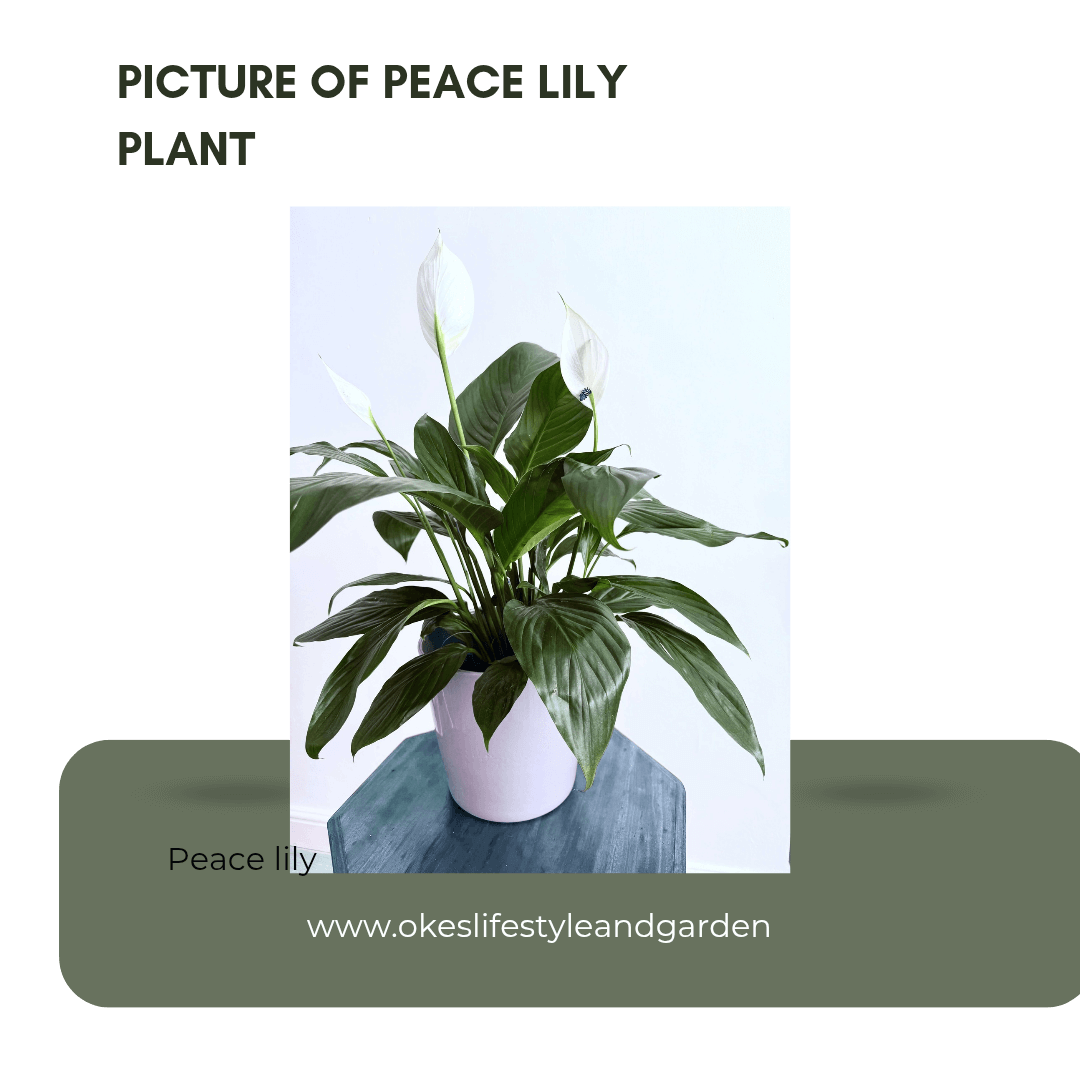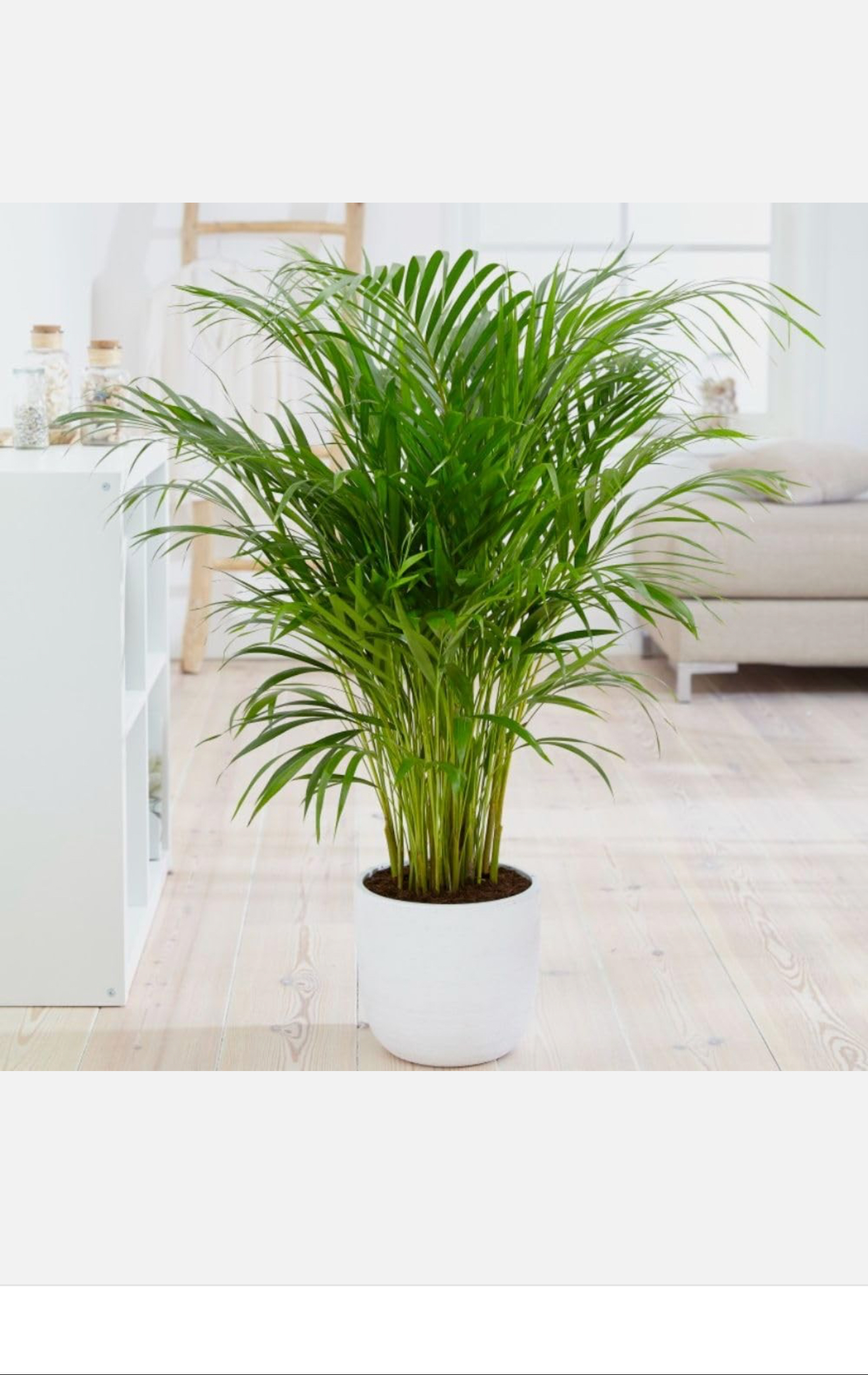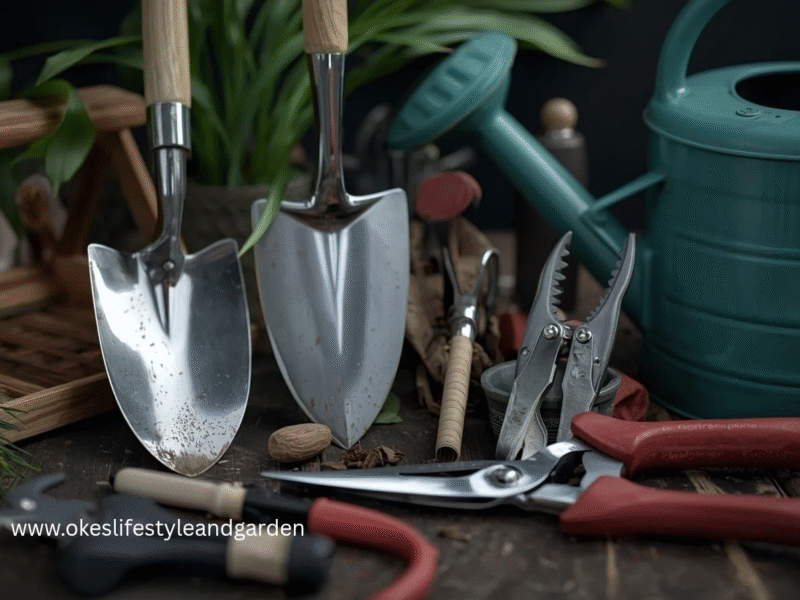I will be working you through the 7 indoor plants with surprisingly unique quality and benefits you will love
when getting an indoor plants you have to be intentional about it, you need to have knowledge of the plant and its benefit to your general wellness in your home, by doing so you will be intentional bringing nature into your home space.
In today’s fast paced world, many of us are looking for ways to make our homes feel healthier, greener, and more uplifting. Indoor plants are one of the simplest yet most powerful solutions not only do they bring beauty and life to our spaces, but many of them also offer surprising wellness perks.
Beyond their lush leaves and decorative charm, some houseplants purify the air, others boost creativity and focus, while a few even help improve sleep and emotional balance.
That is why i have curated this guide to 7 indoor plants with surprisingly unique qualities and benefits. These aren’t just your average potted greens they are natural mood enhancers, stress relievers, and even air detoxifiers. Whether you live in a small apartment or a spacious home, these 7 indoor plants with surprisingly unique qualities and benefits can transform your surroundings into a sanctuary of freshness and vitality.
If you have ever wondered which plants go beyond being beautiful décor, this list will introduce you to some of the most extraordinary green companions you can welcome into your home.
These are the list of unique indoor plants you will love in your home
1) English Ivy :indoor vine known for Reducing Allergens and mold
How English Ivy Helps Reduce Allergens and Mold Indoors
Reducing allergens and mold in your home space is one of the hidden and surprisingly benefits of the English ivy plant also known as (Hedera helix)
English ivy isn’t just a pretty plant with trailing vines it can actually help make the air in your home feel fresher and healthier.
Here is how:
Cuts Down on Mold
If you have ever dealt with musty corners in a bathroom or basement, you know how quickly mold can spread. English ivy has been shown to help absorb mold spores from the air, which means less of that invisible stuff floating around and irritating your lungs.
Traps Allergens
Dust and tiny particles in the air often land on the broad, glossy leaves of the ivy. With a quick wipe of the leaves every now and then, you’re not just cleaning your plant you’re actually clearing allergens from your space.
Freshens the Air
Like many houseplants, English ivy can also absorb small amounts of household toxins (like those that come from cleaning products or furniture), giving your room a naturally cleaner feel.
Example: Put a pot of English ivy on a bathroom shelf or let it trail from a hanging basket in the living room. Over time, it quietly works in the background reducing airborne mold, catching allergens, and adding a touch of green beauty.
Tip: Keep in mind, English ivy is toxic if eaten, so place it somewhere out of reach if you have curious pets or little ones at home
2)Areca palm; Tropical plant that increase Humidity and freshness
Areca palms are like natural little humidifiers with leaves. When you bring one into your home, it doesn’t just sit there looking pretty it actually helps the air feel fresher and more comfortable.
Here is how: plants “breathe” through a process called transpiration. The Areca palm pulls water up from the soil through its roots, and some of that water evaporates from its long, feathery leaves into the air. Imagine a gentle mist being released every time the plant exhales. That’s moisture your dry indoor air is getting back, especially helpful in winter when heaters make the air extra parched.
The best part? Unlike a machine humidifier, the Areca palm does its job quietly and beautifully no noise, no refills, no plastic gadget in the corner. Instead, you get lush greenery, a softer vibe, and air that feels less dry on your skin, nose, and throat.
Think of it as a stylish roommate who not only upgrades your décor but also takes care of your comfort.
3) Rubber plant ; stylish greenery that absorbs indoor pollutants
How Rubber Plant Absorbs Indoor Pollutants
The rubber plant (Ficus elastica) is not only a popular houseplant for its broad, glossy leaves and easy care, but also for its ability to improve indoor air quality. Like many indoor plants, it helps reduce harmful compounds through several natural processes:
- Absorption through Leaves
- The large surface area of the rubber plant’s leaves allows it to effectively capture airborne toxins such as formaldehyde, benzene, and trichloroethylene, which are commonly released from furniture, paints, adhesives, and cleaning products.
- These pollutants enter the plant through stomata a tiny pores on the leaf surface where they are taken up during gas exchange.
- Transport and Breakdown
- Once absorbed, some of these pollutants are transported to the plant’s tissues.
- The plant’s metabolic processes can transform harmful chemicals into less toxic or useful compounds, integrating them into its natural growth cycle.
- Microorganisms in the Soil
- The potting soil around the rubber plant harbors beneficial microbes.
- These microorganisms can further break down and neutralize toxins that diffuse from the air into the soil or that are excreted by the roots after leaf absorption.
- Dust Capture
- The large, waxy leaves of the rubber plant also act like natural filters by trapping dust particles, which often carry pollutants. Wiping the leaves regularly helps keep this function effective.
- Oxygen Production and Humidity Regulation
- While detoxifying the air, the rubber plant also releases oxygen during photosynthesis and increases indoor humidity through transpiration. This makes the indoor environment healthier and more comfortable, especially in dry conditions.
The rubber plant improves indoor air quality by absorbing pollutants through its leaves, breaking them down internally or via soil microbes, trapping dust on its foliage, and balancing oxygen and humidity levels. This makes it a natural and effective air purifier for homes and offices.
4) Levender ;A fragrant plant that Promotes Relaxation and sleep
Lavender (Lavandula spp.) is one of the most well-known indoor plants and herbs for promoting relaxation and better sleep. Its benefits come from both its scent and its psychological associations.
Here is how it helps: a. Aromatherapy Effects
- Lavender releases natural essential oils with compounds like linalool and linalyl acetate, which have mild sedative and anxiolytic (anxiety-reducing) properties.
- When inhaled, these compounds interact with the limbic system in the brain (the part that controls emotions and stress response), reducing heart rate, blood pressure, and feelings of anxiety.
b. Improves Sleep Quality
- Studies have shown that exposure to lavender aroma before bed can help people fall asleep faster and experience deeper, more restful sleep.
- It may also reduce sleep disturbances, making it useful for people with mild insomnia.
c. Stress & Anxiety Reduction
- Simply having a lavender plant indoors can provide gentle, continuous exposure to its calming scent.
- Touching or rubbing its leaves releases more aroma, which can help reduce feelings of stress throughout the day.
d . Placebo & Environmental Comfort
- Beyond chemistry, lavender is culturally associated with calmness, healing, and comfort. Having the plant in your living space can psychologically reinforce a sense of peace.
- Green plants in general improve indoor ambiance, which indirectly supports relaxation.
e. Other Sleep-Friendly Benefits
- Indoor plants, including lavender, can improve air quality slightly, which supports a healthier sleep environment.
- A bedtime ritual of caring for the plant (watering, pruning, inhaling its aroma) can serve as a mindful routine, signaling the body it’s time to sleep.
Best use indoors: Keep the plant near your bed or in your relaxation space, where you’ll smell it regularly.
For a stronger effect, you can gently crush some leaves or flowers before bedtime, or combine it with lavender essential oil aromatherapy.
5) spider plant ;easy care greenery that boosts air quality
- Natural air filter – Spider plants absorb pollutants like formaldehyde, benzene, and carbon monoxide, making indoor air healthier.
- Boosts oxygen – They release oxygen while removing toxins, improving overall air freshness.
- Reduces indoor dust – Spider plants trap airborne particles on their leaves, helping cut down on dust levels.
- Balances humidity – By releasing moisture through their leaves, they help maintain comfortable indoor humidity.
- Low-maintenance purifier – Unlike many air-purifying plants, spider plants thrive with little care, making clean air accessible to anyone
6) Peace Lily A beautiful flowering plant that cleans indoor Toxins ; Peace lilies (Spathiphyllum) are popular indoor plants not only because they are beautiful and low-maintenance, but also because they help improve indoor air quality. Their ability to “clean” toxins from the air comes from a combination of natural processes:
How Peace Lilies Clean Indoor Toxins
- Absorption through leaves
- The broad, waxy leaves of peace lilies can absorb volatile organic compounds (VOCs) such as benzene, formaldehyde, trichloroethylene, xylene, and toluene.
- These VOCs are common indoor pollutants, often released from furniture, paint, cleaning products, and electronics.
- Breakdown by microbes in the soil
- Once toxins are absorbed, some are transported to the roots.xzd\sae434\
- Microbes living in the potting soil help break down harmful compounds into harmless substances, like water and carbon dioxide.
Photosynthesis & oxygen release
- Like other green plants, peace lilies absorb carbon dioxide and release oxygen during the day, contributing to fresher air indoors.
Humidity regulation
- Peace lilies transpire (release water vapor through their leaves), which helps increase indoor humidity. This can reduce airborne microbes, dust, and irritation from dry air.
How effective are they really? c
The reputation of peace lilies as “air purifiers” largely comes from a 1989 NASA Clean Air Study, which showed that they could reduce VOCs in sealed chambers.
- Limitations: homes with ventilation, open spaces, and continuous VOC release, the effect is much smaller. A single plant won’t “purify” a room, but multiple plants together can make a measurable difference in local air quality and comfort.
7) Bamboo palm ; compact palm that improves air and brightens spaces
The bamboo palm (Chamaedorea seifrizii) is one of the most popular indoor palms because it not only adds a lush, tropical look but also improves indoor air quality.
Here is how it helps:
Improves Air Quality
- Air purification ; NASA’s Clean Air Study found bamboo palms effective at filtering common indoor toxins such as benzene, formaldehyde, trichloroethylene, and carbon monoxide.
- Oxygen production ; Like other green plants, bamboo palms take in carbon dioxide and release oxygen, improving indoor air freshness.
- Humidity regulation ;Through transpiration (releasing water vapor from leaves), bamboo palms slightly raise humidity, which can make indoor air feel more comfortable and reduce dryness.
Brightens Indoor Spaces
- Aesthetic impact ; The palm’s feathery, arching fronds create a sense of openness and movement, making spaces look more inviting.
- Natural light reflection ; Its glossy green leaves reflect light, subtly brightening darker corners of a room.
- Psychological effect ; Studies show that greenery indoors reduces stress, boosts mood, and makes spaces feel livelier and more welcoming.
- Bamboo palms are low-maintenance, shade-tolerant, and non-toxic to pets, which makes them especially suitable for homes and offices.
Conclusion
Indoor plants do so much more than just add a touch of greenery to your space, they bring with them unique benefits that can improve your health, boost your mood, and even enhance your productivity.
From purifying the air to reducing stress and creating a calming atmosphere, these seven plants prove that nature truly has a way of making our homes and lives better. Whether you are|a a seasoned plant parent or just starting your indoor garden, adding one (or more) of these surprising and beneficial plants will bring both beauty and well-being into your daily routine.
if you liked this post you should also read this
